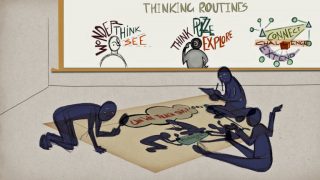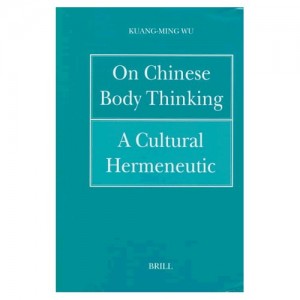
How the body shapes the way we think
an interesting and convincing but also strange approach to the issue of the importance of movement for developement and learning.
All of Pfeiffer`s projects contribute, one way or other, to the central theme of understanding intelligence. The central concepts which form the basis of the approach include embodiment (the physical realization of agents), morphology, system-environment coupling, dynamics, and material properties. Pfeiffer`s main research fields are biorobotics, learning and development, evolution and morphogenesis, and collective intelligence.
Pfeiffer and his collegues are convinced that movement and the ability to move are basic elements of intelligence. So, one could think that body language and nonverbal behaviour also are aspects of intelligence.
If you are interested just have a look at his book.
How the Body Shapes the Way We Think
A New View of Intelligence
Rolf Pfeifer and Josh C. Bongard
Foreword by Rodney Brooks
http://www.neuroscience.ethz.ch/research/computation_modeling/pfeifer
Read More




